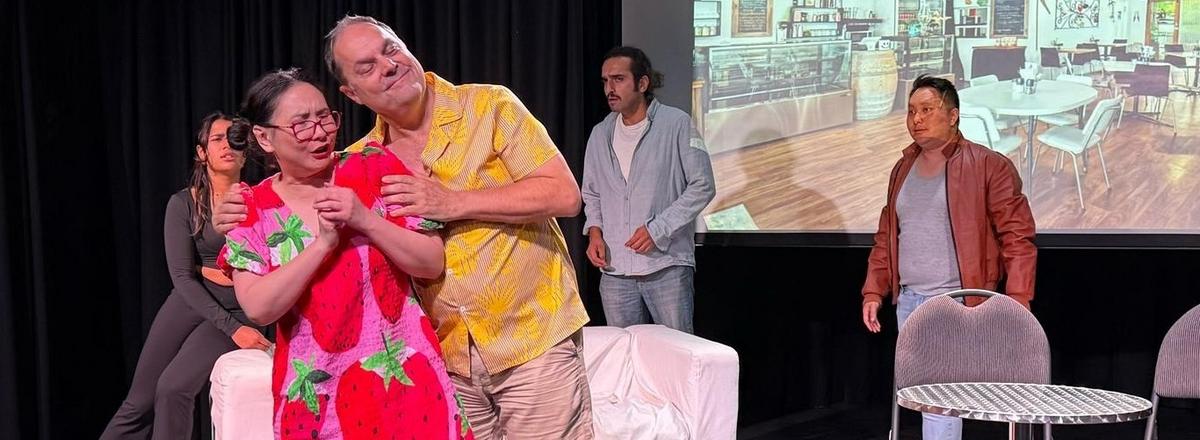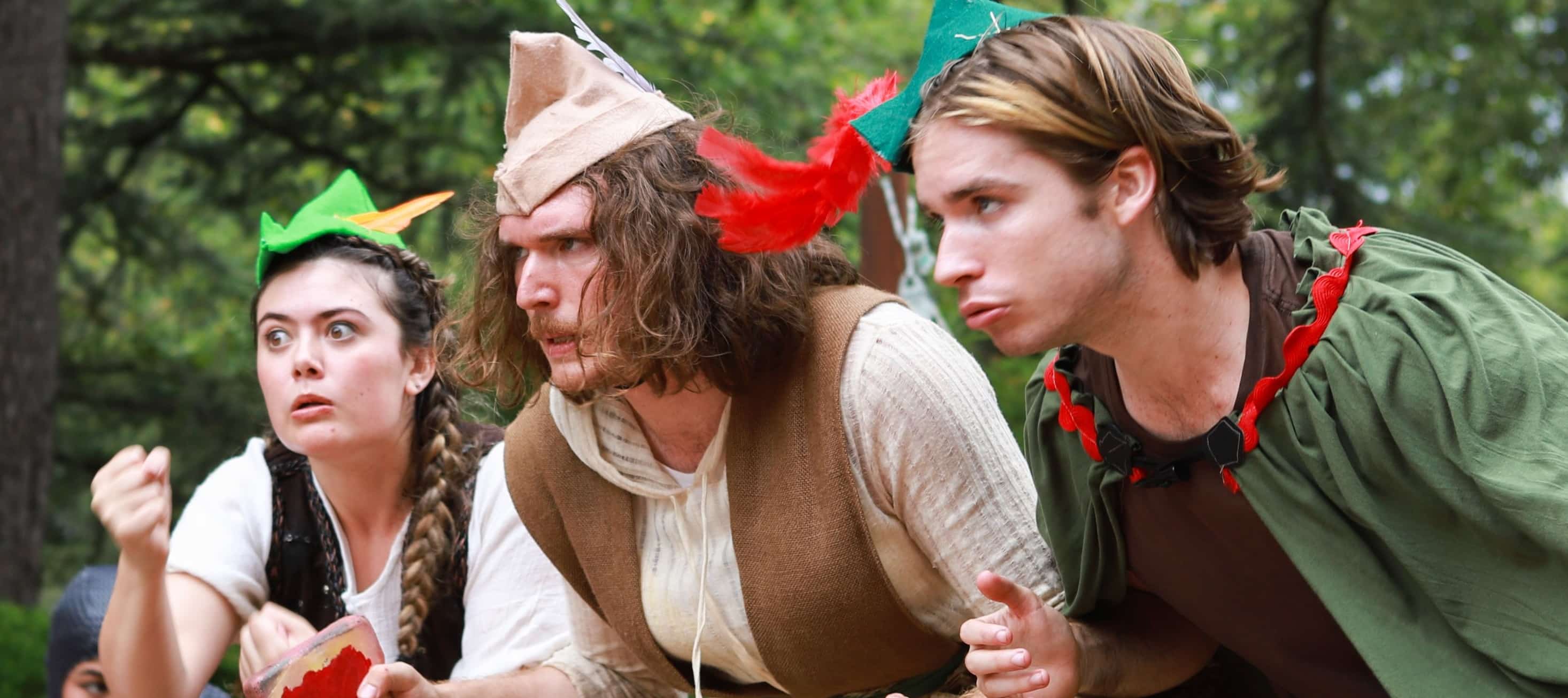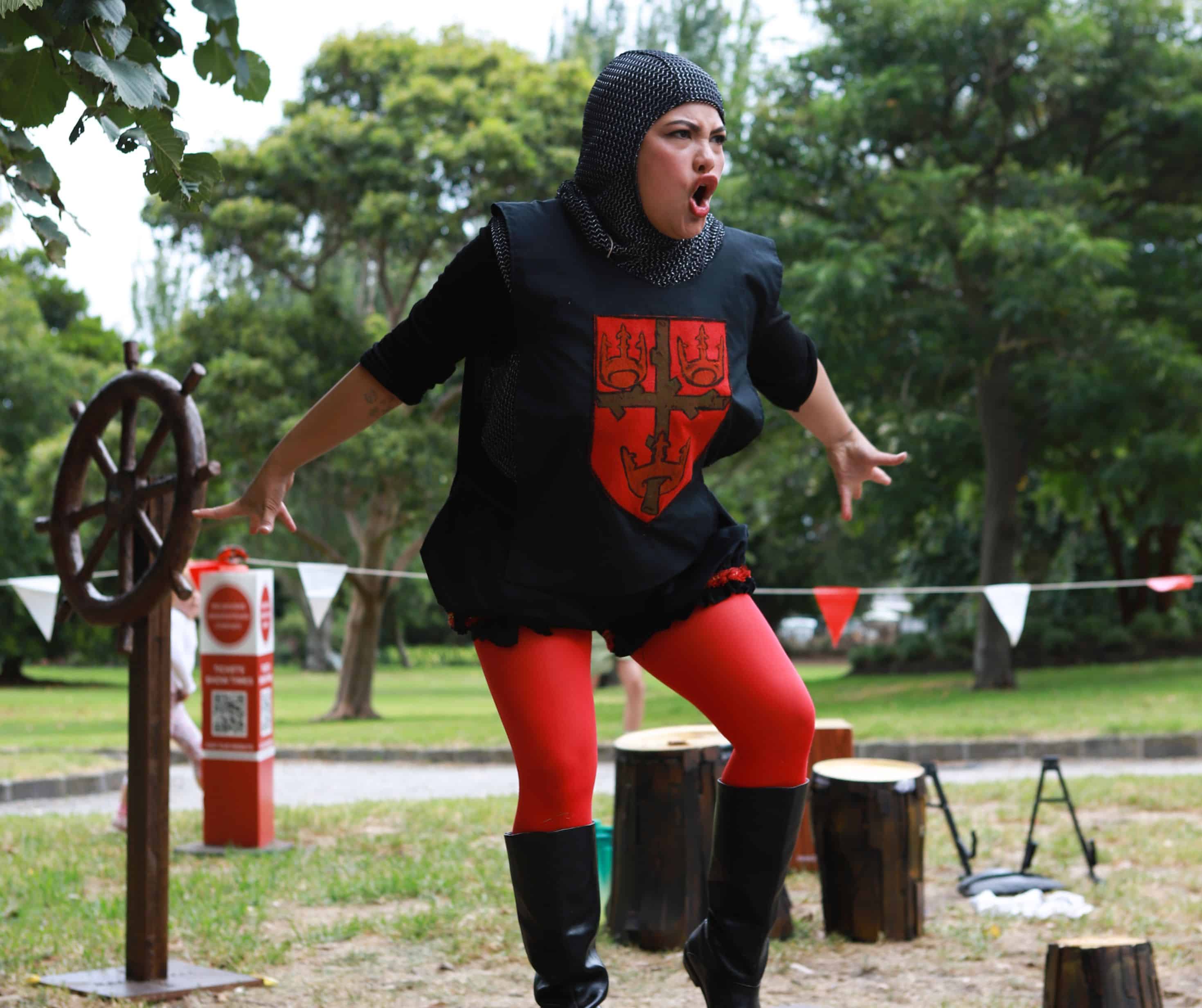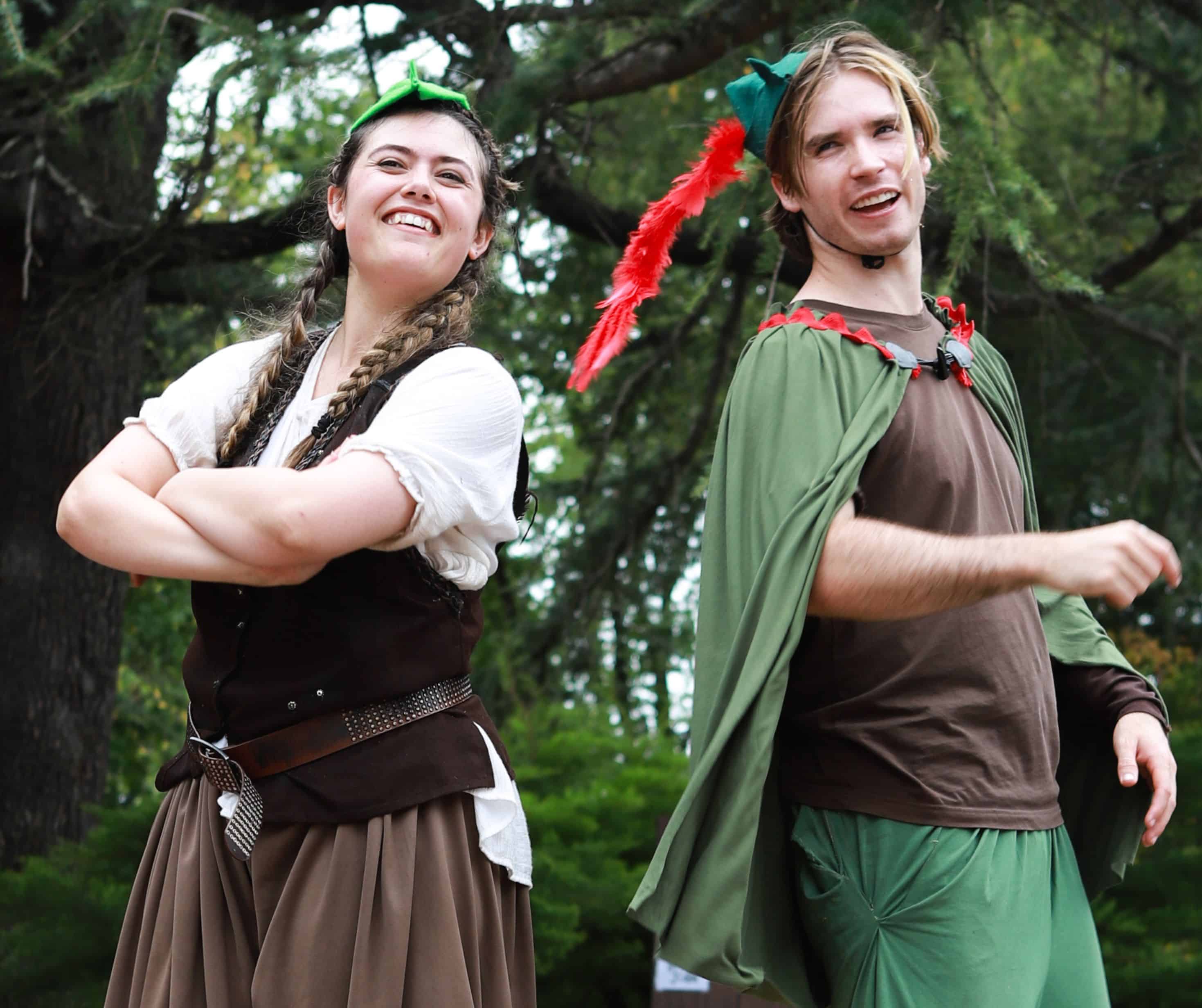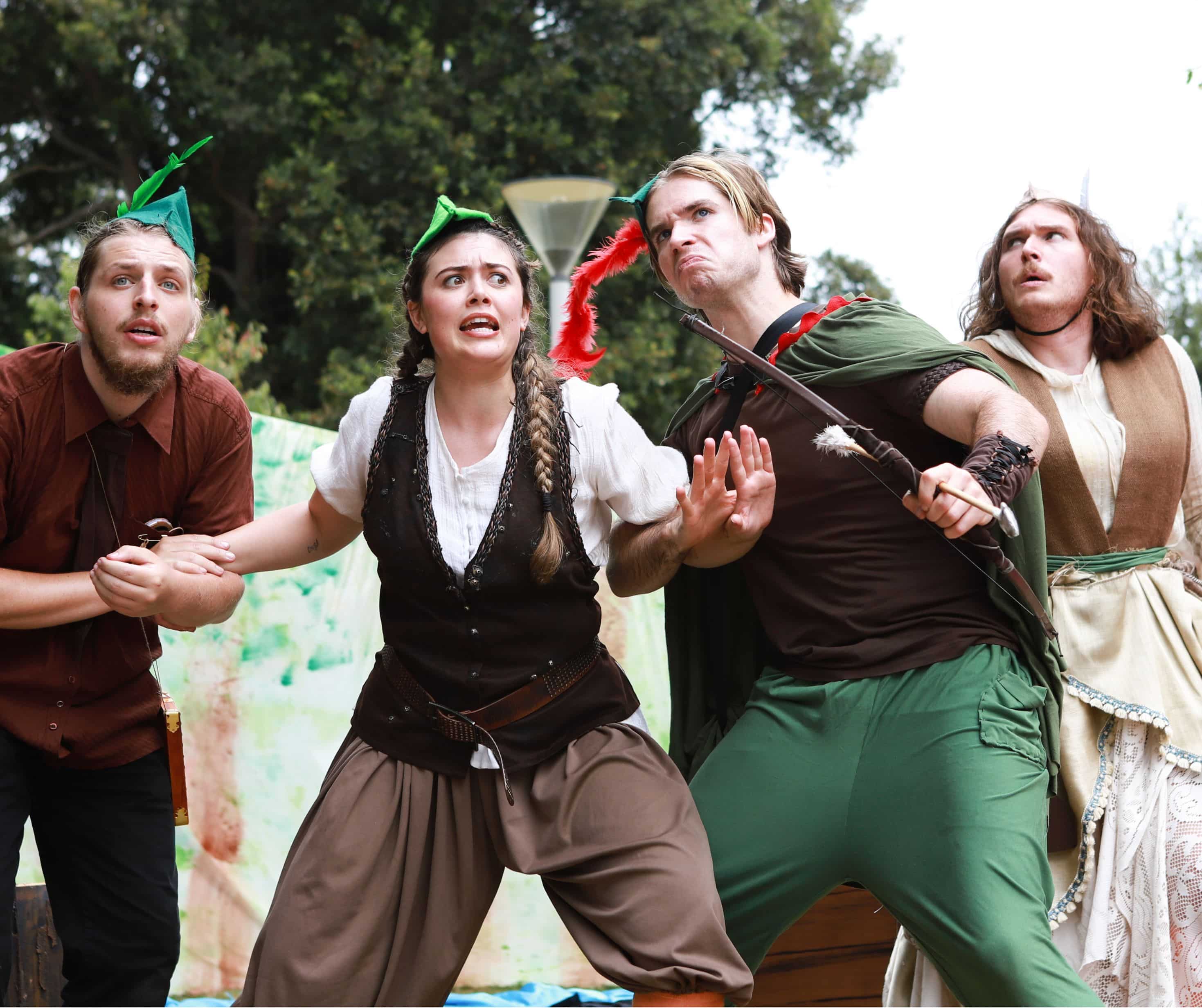Encounters leans on diversity as its greatest strength. While the four plays in the collection are by the same author (Alex Broun) and all focus on rifts in relationships, they span multiple genres, themes and character dynamics. The cast has been promoted as “an ensemble of age and ethnically diverse Australian actors, spanning from…internationally renowned movie/stage performers to versatile rookies.”
On paper, this seems like fertile ground for a well-crafted and thought-provoking show. While Encounters did meet that potential at points, there were many instances where the acting didn’t mesh well with Broun’s writing style. This problem, unfortunately, dragged the first two plays down.
Yell(ow) starts strong with its minimal set design; all that’s needed to give a clear sense of place is some furniture and a back projection of a messy apartment. Our focus is drawn to the Asian couple who live there. They speculate about a noise they heard outside late at night, their paranoia and anxiety rise, and eventually we see how racism and recent family trauma have eroded their relationship.
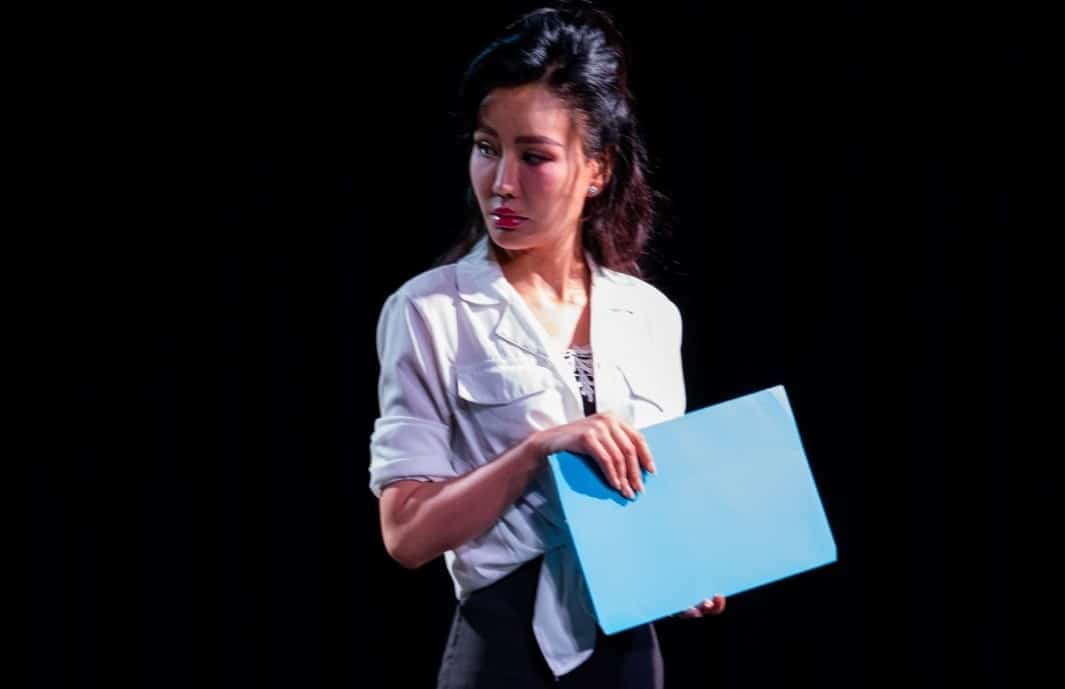
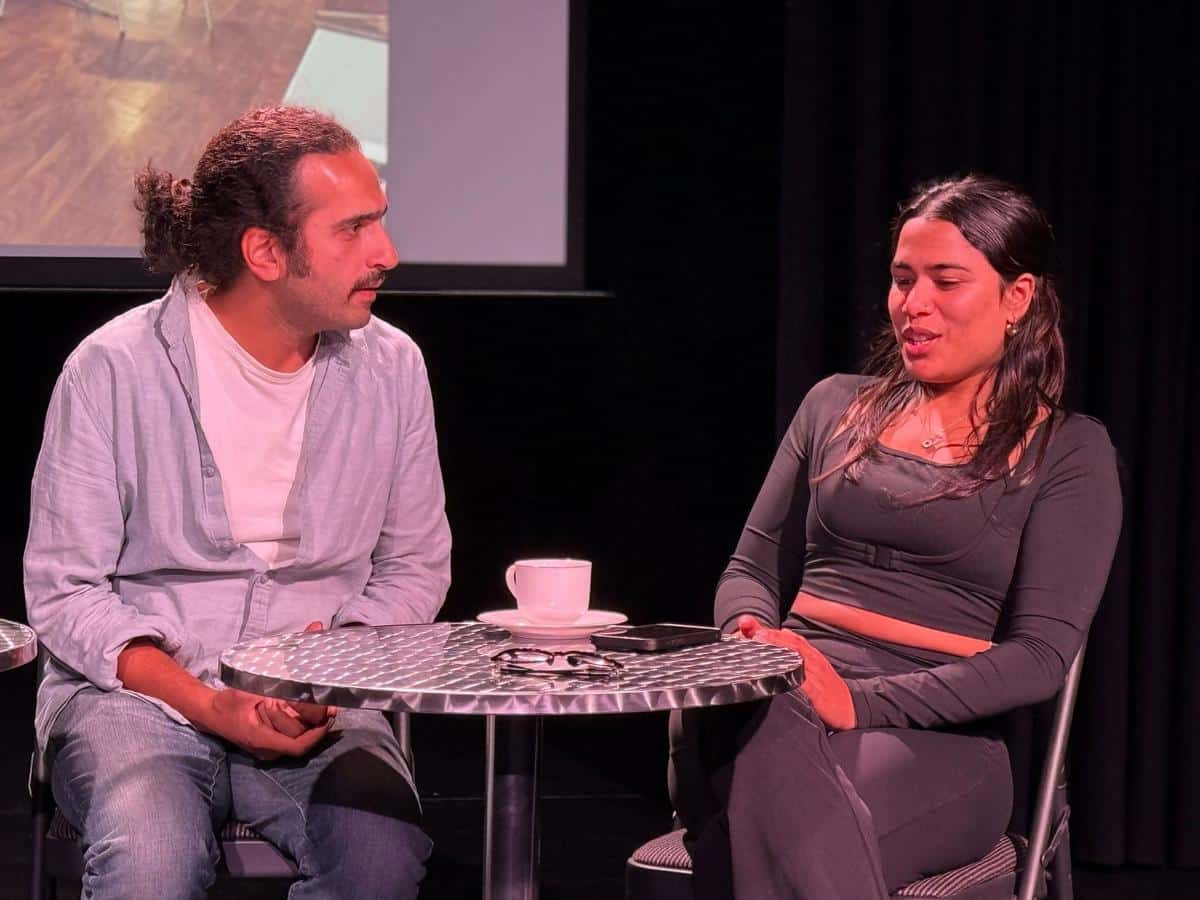
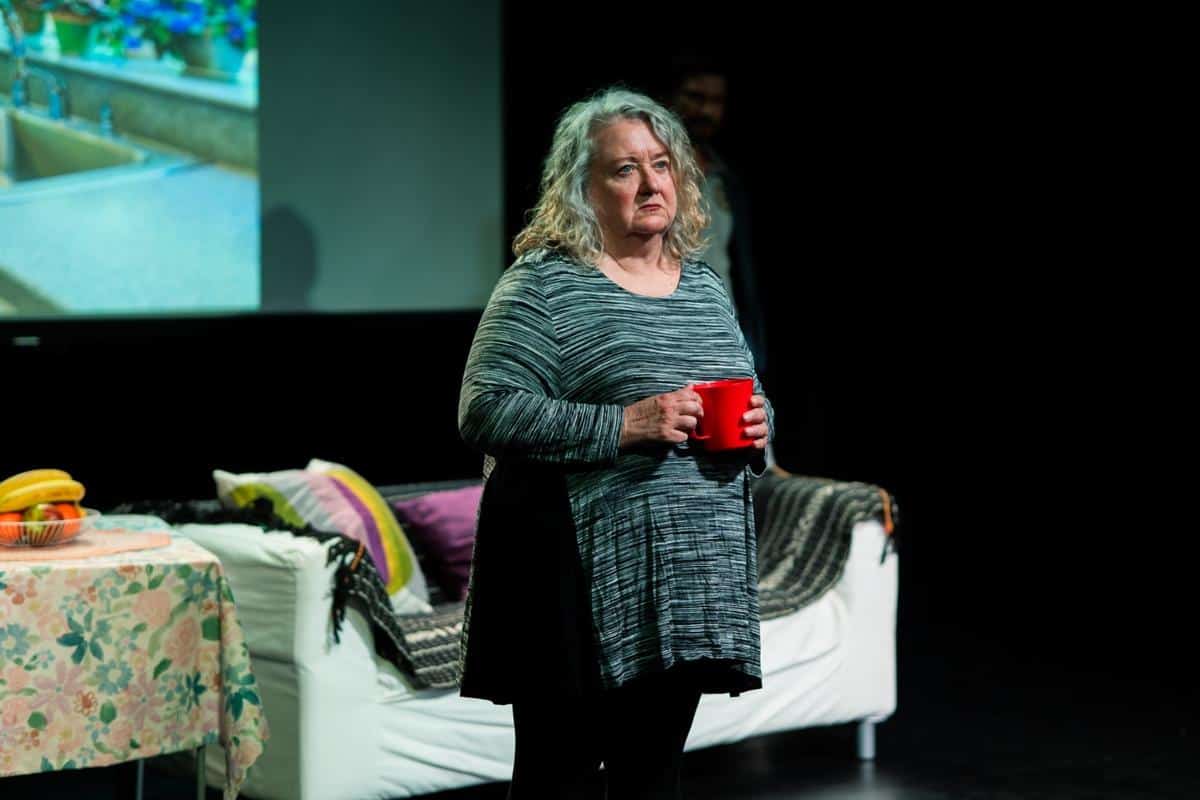
Alex Broun has been lauded as ‘the Shakespeare of short plays’, and the riveting structure here makes it clear why. The talk starts trivial, but bombshell revelations keep dropping, leading to deeper conversations that trigger greater reveals until the climax breaks their relationship. In this performance, the actors went into shouting and physical altercations too quickly, and they never seemed truly at ease with each other. This made the revelations feel more like blunt, forced exposition than deep confessions, and the climax felt hollow because they were already yelling at each other before the tension hit its peak.
The second play, The Dead Sun, is another domestic drama, this time between an older couple and their son. The writing goes in a more surreal direction, with grief and conflict blurring the lines between what is real and what is imagined. While the build-in tension is clear, physical moments between the husband and wife could’ve been pushed further, and there still wasn’t much variety in how the characters spoke to each other in longer conversations. This made it difficult to follow the storyline and stay immersed, especially when the climactic moments didn’t quite feel real. However, I enjoyed the fact that the set barely changed from the first play, except for the back projection and the dressings on the couch and table. It was an organic subtle way to tie the two plays together.
YOU was the play that got me fully back on board. It’s a hard swerve into sitcom territory, starting with a woman rejecting the ardent advances of a coworker with a crush and spiralling as more ridiculous characters show up with their own grand confessions and embarrassing mistakes.
The pace was quick and exciting and the characters were each endearing in their own ways. This is particularly impressive given the subject matter. In a time where we’re so aware of the abuses of power that can happen in romance and sex, it would be easy for many of these characters to seem creepy and off-putting. But they don’t, because they are played so over-the-top that they can’t be taken seriously.
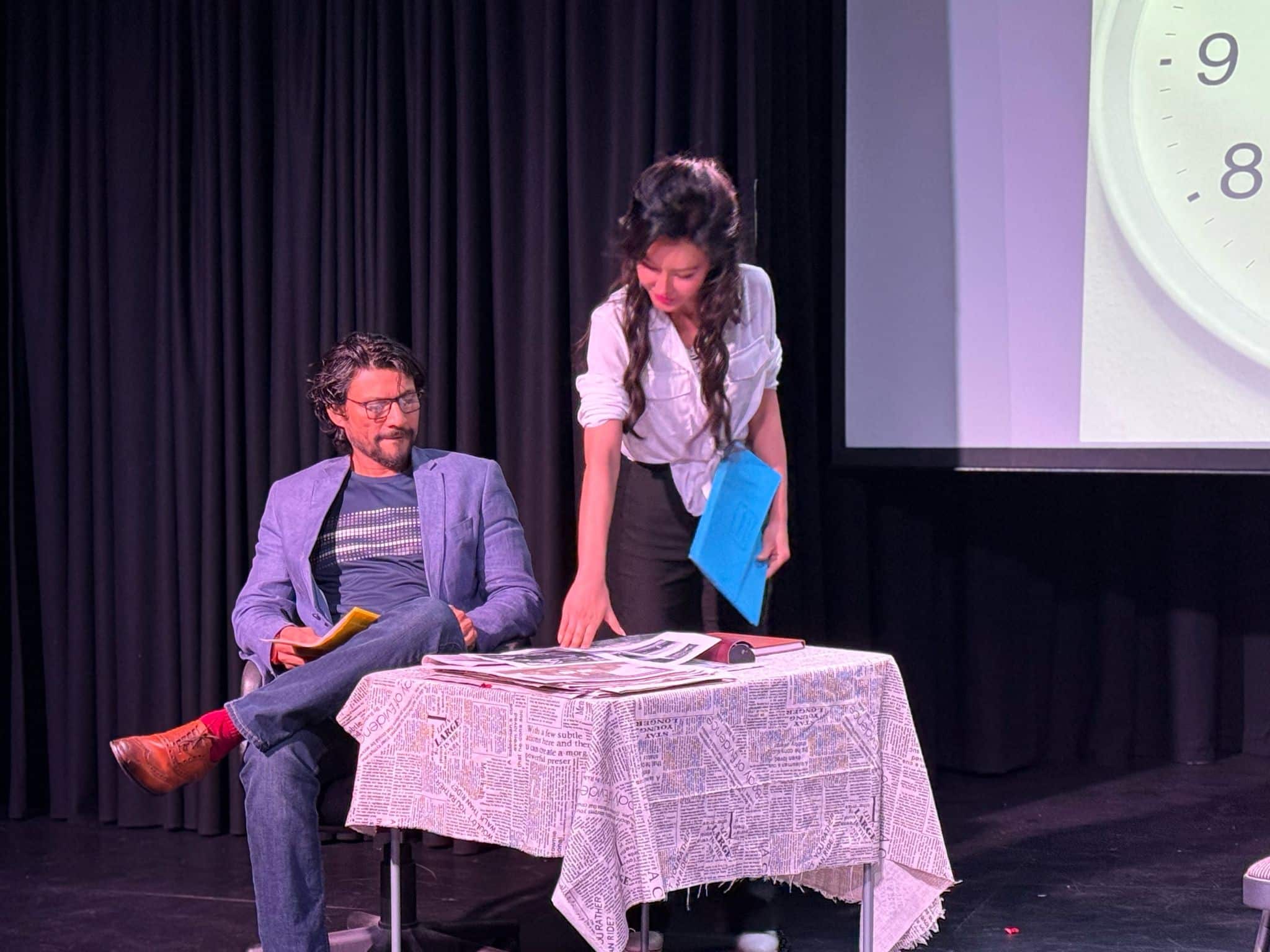
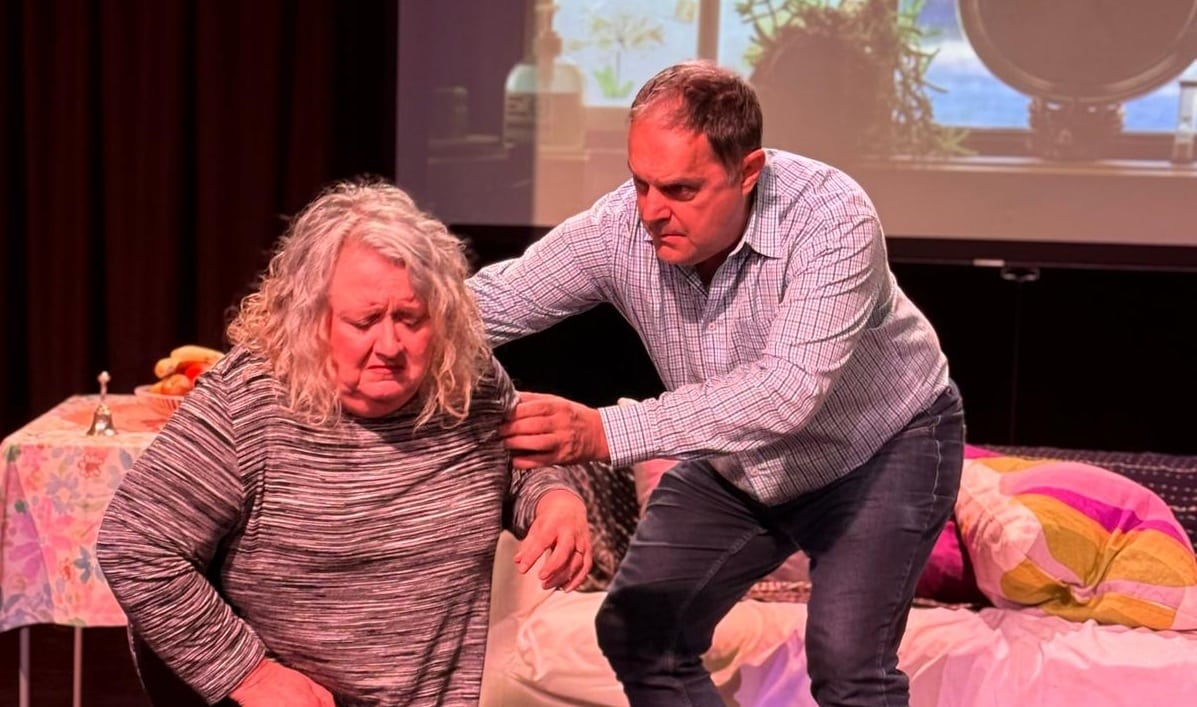
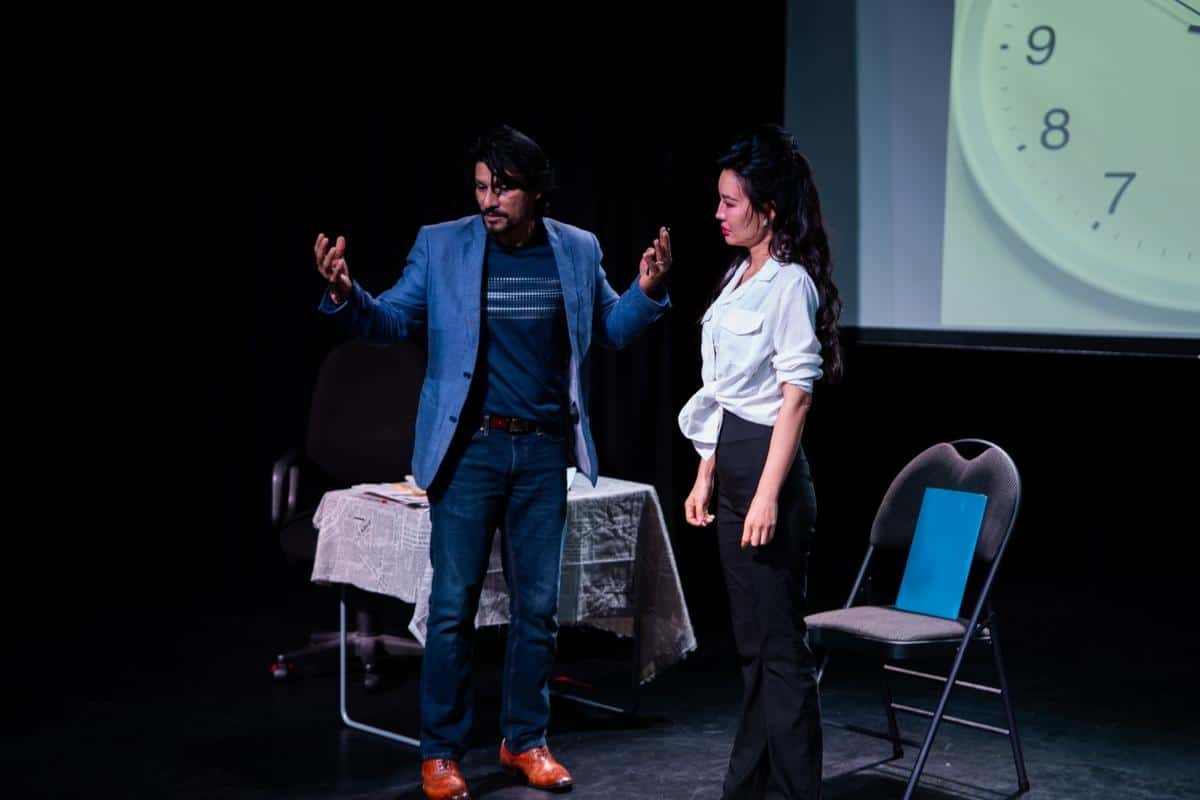
The last play, Disco Bombing, quickly brings the mood back down with a simple set projection of a ticking clock. A plucky journalist has written a brilliant article uncovering the truth of a recent terrorist attack, but her boss has concerns about publishing it, since it would undermine historic peace negotiations within the government. He sums up the conflict in one line: “truth or peace?”
The performances from Sunil Shanker and Isabelle Wang feel more confident and embodied than in the other dramas. The acting and writing are also much subtler, strained by the distance between boss and worker. It would’ve been nice to see more escalating tension between them, especially since the stakes here are much higher than the other plays, but the ending was genuinely moving.
There’s a lot to like about Encounters. Each play is poignant and tackles difficult themes flawlessly, and the low-key set design works perfectly in tying everything together. The acting issues are significant, but they can be boiled down to some performers lacking experience, and there are worse problems to have in a production as ambitious as this. While Encounters has ended its short season, and I’d hesitate to recommend it anyway due to the shaky first half, everybody in the cast is worth watching out for, and Alex Broun’s plays are worth seeking out.
